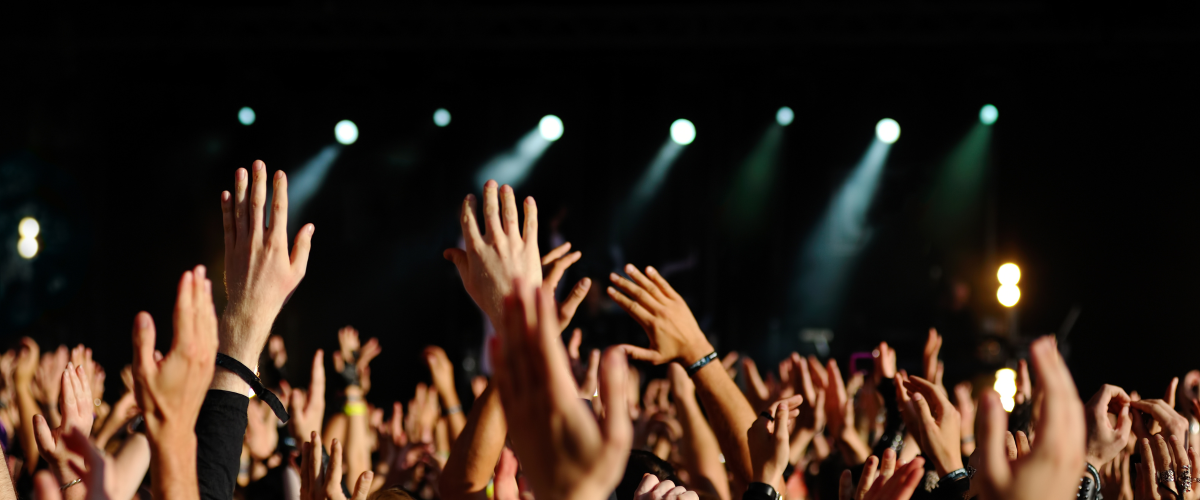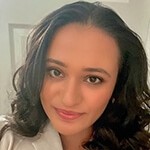It’s a common misconception that offline marketing is no longer relevant for event promotion in today’s digital world. Nothing could be further from the truth. If you’re looking to promote your live music event, offline marketing channels are a great way to get the word out about your upcoming concert or festival.
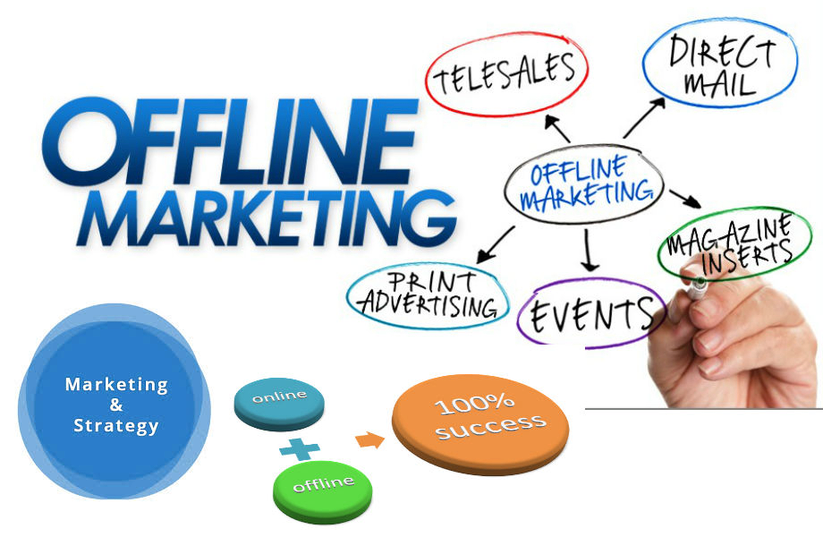
Offline event marketing refers to the methods you use to promote your event using non-digital or non-Internet promotion channels. The obvious ones that come to mind for most people are television, radio, and print publications. As you shall see there are many others to consider as well.
The best and cheapest channel, hands down, is “word of mouth” which relies on people talking about your event to their friends or colleagues. If people say positive things about your event, it’s likely that other people will want to know more and attend it.
Event Promotion Must Be Targeted
The tactics you eventually will use always go back to your target audiences and their sources for information. Those sources or channels are where you want to place your concert promotion efforts. The budget you have for event promotion will also affect how you spend your budget, considering that some offline channels are more expensive than others.
If you’re looking for an audience demographic that doesn’t have good internet access, such as a rural or older target market, then offline channels must be a big part of your event promotion efforts.
Don’t have much of a budget? Flyers can be printed quickly and cheaply and passed out. Using flyers along with other guerrilla marketing tactics may fit the funds you have for concert promotion.
Have a big budget, then direct mail to the target market’s homes coupled with advertising in the media they consume works very well. Such tactics can have a big impact on your potential audience. How you spend you event marketing budget is a critical decision that should be well thought out based on your target market’s consumption of media.
Keep reading if you want to learn about these and other offline marketing event promotion channels to get people excited about your live music event.
There Are Many Potential Offline Event Marketing Channels
As you will see, there are many other channels for offline concert promotion, besides the obvious ones. All of them should be part of your arsenal depending on the target audience to which you will promote. Remember it always begin with the people who you want to attend your event. No matter if it’s online or offline, you need to understand where your target audience gets their information.
Whether potential attendees gather at a local coffee shop on main street, read their hometown newspaper or gather on Facebook to keep us with friends and family, that is where you need to be as well with event promotion advertising and assets.
Typical Concert Promotion Offline Channels to Consider
Promotional Flyers and Posters
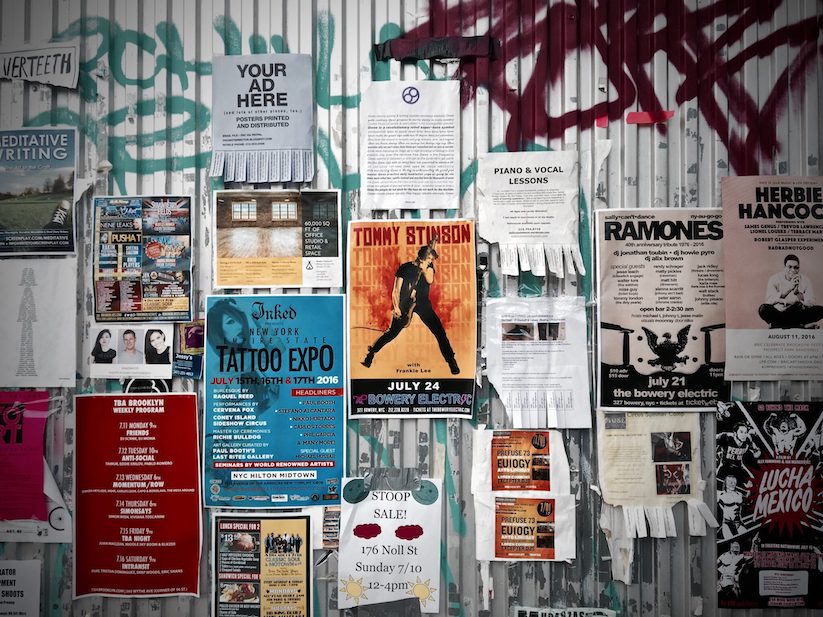
Flyers and posters are effective ways to promote your music event. You can design them yourself or hire a professional designer to do it for you. They’re also easy to distribute and track, which means they can easily be modified if needed.
Typically, Flyers are 8.5 X 11 or smaller and are distributed widely to promote an event. They can be printed on your home computer or at a quick copy shop as well. Most flyers only use one color of ink. You can print that ink on color paper to give your flyer more pizazz. You can leave flyers on business counters for customers to pick up as well as handing them out at shopping malls or other places where your target audience gathers. Because they are cheap and you can quickly print them, flyers are a very common item used in event promotion.
Posters, on the other hand, are larger advertisements that are more artwork than flyers. They may be anywhere from 11 X 17 to as large as 24 X 36 in certain cases. They will also contain more print colors with many using four color printing. Unlike flyers, posters are for display at various businesses and venues in places where your target audience visits. Because posters are “graphically designed” they are often designed by an event promotion company. Nothing precludes you from designing them yourself if you have an eye for graphic design. If you do, you might want to read our article on designing live event posters. Because of paper, colors and size, posters will require using a print shop or a similar business to have them printed. That results in increased costs and time which you must consider as part of your event marketing plan.
When you’re ready to start promoting your event, remember it’s important to first define the audience and purpose of each component of your marketing campaign strategy. Are you building awareness of the event and pointing them to more information? Are they a point-of-sale collateral to get people to buy tickets? Are they meant to build “buzz” and get people talking about it?
Knowing for whom and why you’re creating flyers and/or posters will help you decide on an effective design and distribution method.
Media Partners for Concert Promotion
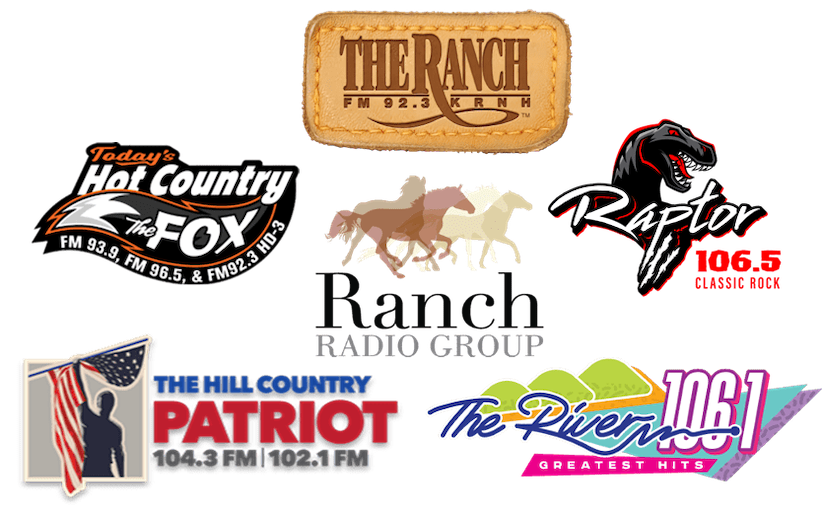
You can help your local media partners when promoting your live music events by creating a media kit for them. A media kit includes all the information a media outlet would need to cover and promote your event. It should include:
-
-
- A press release announcing your upcoming event, with details about the venue and ticket pricing, plus a mention of any promotion that has been done in advance (like social media posts or any press coverage) should be included. Mentioning these details shows that you’re thinking ahead and takes some of the stress off reporters who are scrambling at the last minute to fill their coverage.
- A flyer for people to use as promotional material for their own events (if applicable). You can make this yourself or hire someone to do it for you. Either way, be sure it contains all relevant details (venue name/address, date/time of show) along with website links where those interested in attending can purchase tickets online. If possible, add QR codes, so people can scan them and go to a website for information straight from their phone screens!
-
Be sure to include media partners on your event website. Include a link to their website, a brief description of their media presence or other format they use as part of influencing the public who read, watch or listen to them. Remember to include links to their social media platforms, etc. In addition, remember to invite them to your event and give them an opportunity to cover it after the fact as well.
I also recommend doing a friendly follow up a couple of weeks before the event. This is where you’ll want to go back and check in with your media partners, just to make sure they’re still on board. You can do this by sending them an email or giving them a call (or both).
If possible, try getting some sort of written confirmation of their role from them that they can share with their audiences. You may also want to remind them about sharing their coverage. For example, if you’re going for coverage in newspapers or magazines, remind reporters that it’s always appreciated when readers see links back to the original story (as opposed to just sharing clips from the newspaper’s website).
Now that you know how to work with media partners, it’s time to get creative! You can approach this in many ways, but ultimately it comes down to three things: having a good story, cultivating relationships, and providing opportunities for your media partners. If you’re able to do these things consistently, then you’ll be well on your way towards having an event that gets promoted by the best of them.
Radio Marketing
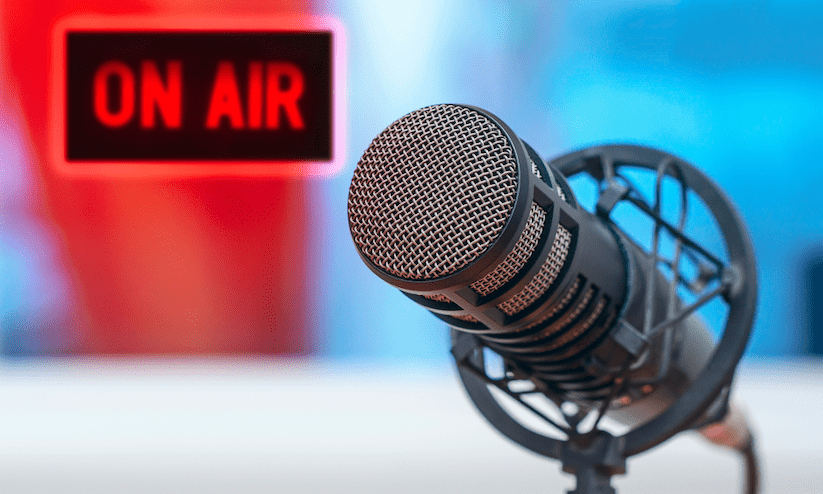
Radio reaches more listeners than any other form of media, making it the most popular way to reach your target audience and sell tickets. You can create a commercial that will run on local stations in the area where your event is taking place. As mentioned earlier, you can give them tickets for contests they run as well. This will allow you to reach thousands of potential attendees who might not otherwise know about your event.
Radio marketing can help you promote your live music event in several ways:
-
-
- Advertise directly on the radio station or through an agency who works with them
- Placement in shows and segments related to your event]
- Ticket contests
- Sponsorship opportunities for local events such as festivals and concerts
-
A radio advertisement is a short commercial that you hear on the airwaves of a radio station. Radio ads allow you to reach your audience in their car, at home or on the go. The best part about them: they’re often cheap! If you have a limited budget, radio spots are an inexpensive way to reach a large audience. They can be targeted to specific geographical areas or demographics and are often used for brand awareness campaigns. Radio Ads are made up of two main components: an audio file and an image file (either .jpg or .png). The audio file should be 30 seconds long and contain both music and voice-over copy.
Most artists will create a “come see me” video for social media that invites people to come out to see them at the event. You can use the audio from such an invitation video to create a radio spot for the event.
The best way for a radio station to get more exposure for your event is by mentioning it during their live sets on the airwaves and social media channels like Facebook Live or Periscope during their morning show or other times when they are broadcasting live (like afternoons). Stations know who is listening when so target your advertising to the time period when more of your target market is listening.
Also, radio DJs love to help promote live music events. If you provide them with some great content like video clips from past performances by artists who have played at your festival or venue, then chances are good that they will be willing to work with you for free or cheap advertising, as well as help sell tickets for future shows if needed.
Television as An Event Marketing Channel
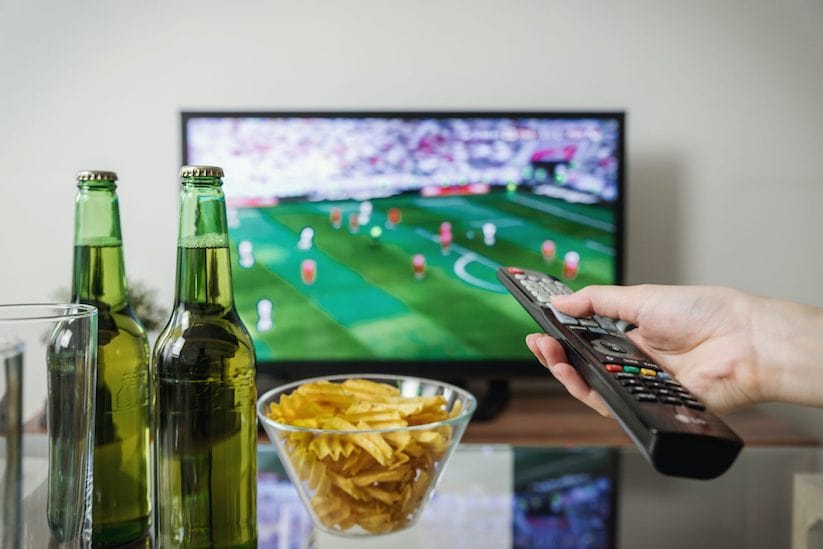
It is important to remember that television is a high-risk, high-reward strategy. It can be one of the most effective ways to reach a large audience and attract new customers, but it’s also expensive. You’ll have to work with an event promotion company that specializes in TV ads and knows your budget to see if you are a fit for television advertising.
Here are some tips if you choose to use television marketing for live music events:
-
-
- Create a 30-second TV ad
- Choose the right time and place to air your ads
- Use motion Graphics in your TV Ads
- Use the power of storytelling in your TV ads for live music events
- Use colors that stand out and make your event unique
- Add some music to your TV ad
-
When thinking about television advertising, remember that broadcast stations are not your only possibility. Often cable television distributors can provide more targeted advertising at a significantly lower price than broadcast media. They can put your advertising on different channels that are watched by your target market. If they are prone to watching news, how about CNN, MSNBC, and Fox News for your advertising dollars? If they follow other types of programming, it’s easy for a cable company to put your spots on several cable channels that cater to that audience.
In Part Two of this article, I will examine additional offline event promotion channels and tactics. If you like what you read, please share this article with others using the sharing icons at the top of this page.
Related Post:
